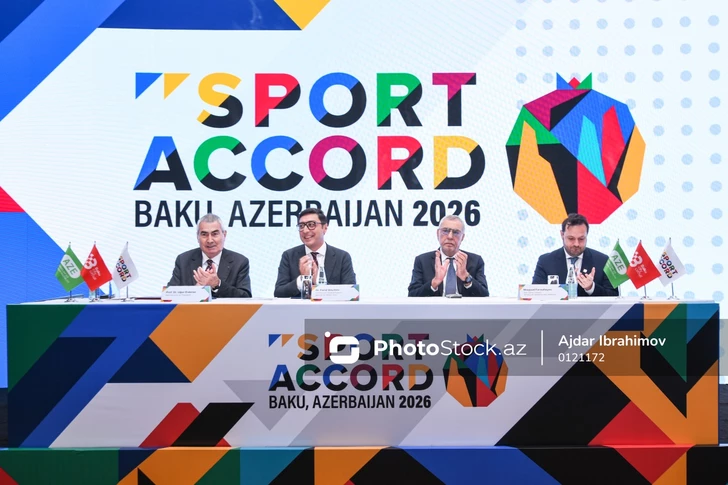BAKU, September 8
The Shanghai Cooperation Organization was once a modest framework for managing influence in Central Asia. Today it is a sprawling bloc that Beijing increasingly frames as the voice of the “Global South.” But beneath the summit handshakes and military parades, the cracks are hard to miss.
At this year’s gathering, Chinese officials again talked up “global governance” and multipolarity. Yet the underlying message, analysts argue, was about something closer to hegemony — a world order tilted around Beijing.
“The SCO began as a way to balance China and Russia in Central Asia,” one regional observer noted. “It has since swollen in size and ambition, but what binds its members is often more about what they oppose than what they share.”
That opposition is mostly directed westward. The bloc’s anti-American, anti-Western undertone has grown louder since Washington toughened its rhetoric toward China and India alike. The parade that accompanied the summit, dismissed by some as mere choreography, was described by Chinese analysts as “strategic communication” — a signal that the contest is about more than tactics.
Inside the SCO, power gravitates toward a loose trio: Russia, India and China. Western analysts now shorthand it as “RIC.” The three sometimes coordinate, often compete, and rarely resolve their fundamental disputes.
India’s Prime Minister Narendra Modi used the summit to underline his country’s independence, taking Putin for a lengthy ride and presenting India not as a junior partner, but as a civilizational pole in its own right.
That posture complicates Beijing’s vision. India depends heavily on Chinese supply chains for its industrial push, even as it resists falling under China’s shadow.
Russia, bogged down in Ukraine and losing sway in the Caucasus, is treated by its partners less as a leader than a risk to be managed.
The conversation around “global governance” reflects a deeper struggle. For China, the road to influence runs through international organizations. Its diplomats are steadily increasing their footprint in U.N. bodies and development banks, just as Washington has scaled back contributions and, with them, voting weight.
In finance, too, the ground is shifting: dollar reserves still dominate, but the share of alternatives – from the yuan to regional liquidity arrangements – is creeping upward. Plans for a “SCO Bank” aim not just at lending but at building an alternative payments system.
Still, the SCO is far from a disciplined bloc. Analysts see it less as a new NATO than as a forum where states assemble around convenient overlaps of interest – sometimes temporary, often contradictory. In practice, that means countries can share the same summit table even as they clash elsewhere.
For the South Caucasus and Central Asia, the implications are sobering. Geography cannot be changed; neighbors such as Russia and Turkey will remain. But the opportunity, some argue, is to leverage that geography as a bridge – not a frontline – between Europe and Asia. Georgia, in particular, has sought to brand itself as the Western anchor of the “Greater Caspian” space, betting that credibility in Euro-Atlantic institutions gives it firmer ground to engage Beijing and others on its own terms.
The larger story is not of a bloc supplanting the West, but of a world growing messier. Alliances are narrower, interests more transactional, and states more likely to join overlapping coalitions that contradict on paper but work in practice. In that tangle, the SCO functions as a stage: useful for Beijing’s narrative, but still a long way from the structured order its rhetoric suggests.
This article is based on a recent discussion hosted on YouTube by political analyst Gela Vasadze, featuring Viktor Kipiani, director of the Tbilisi-based think tank Geocase. The full conversation is available on YouTube.










